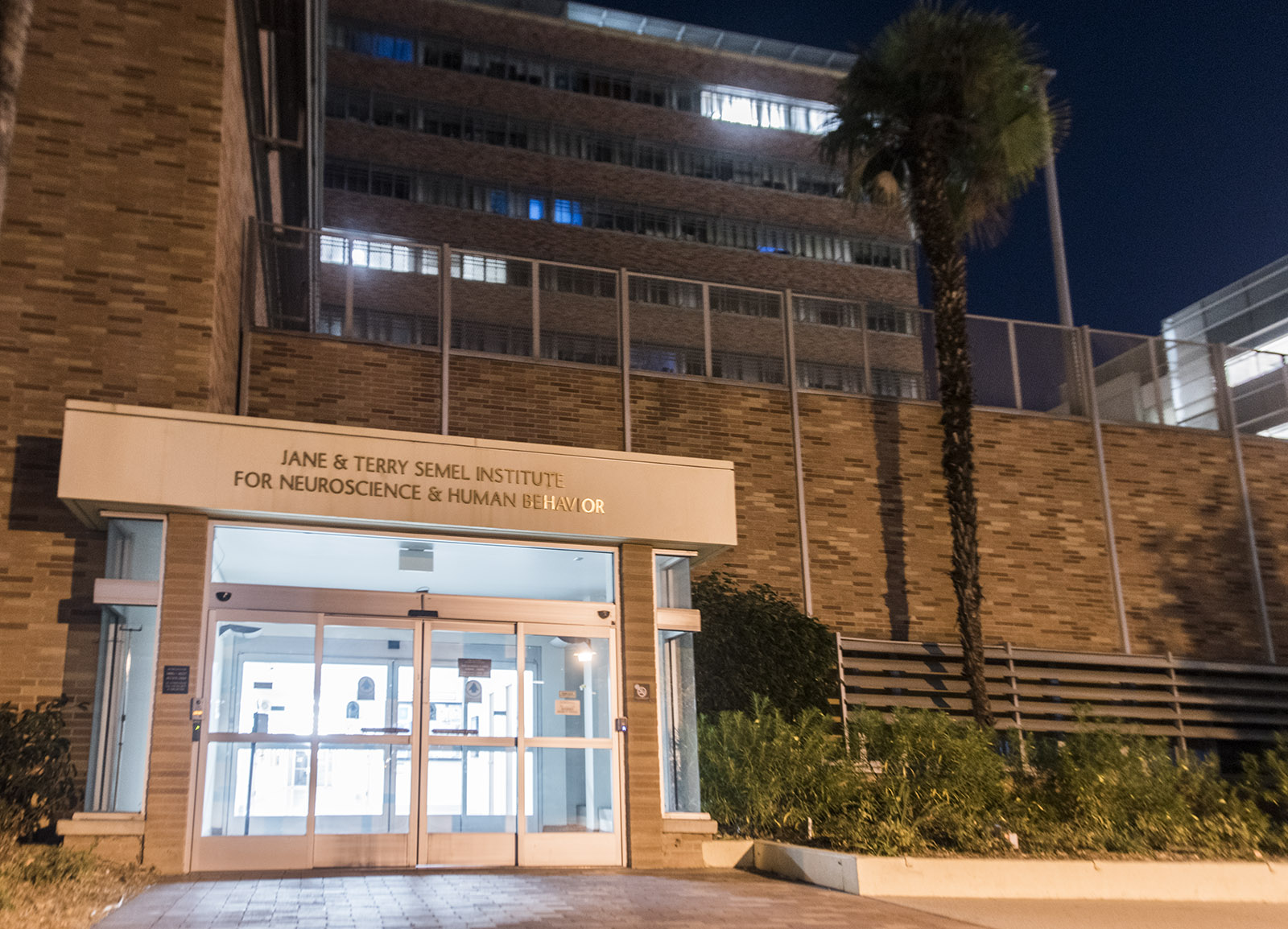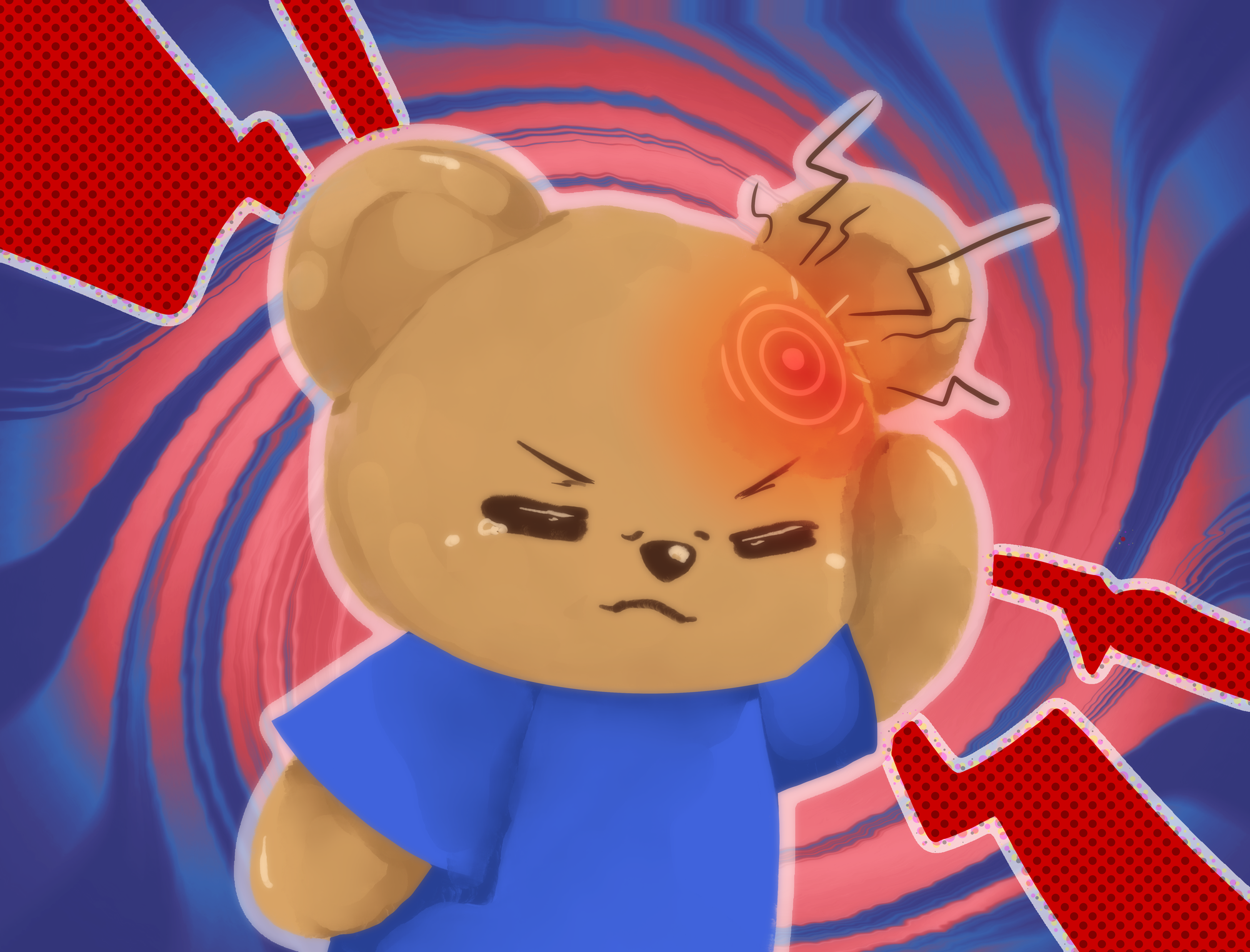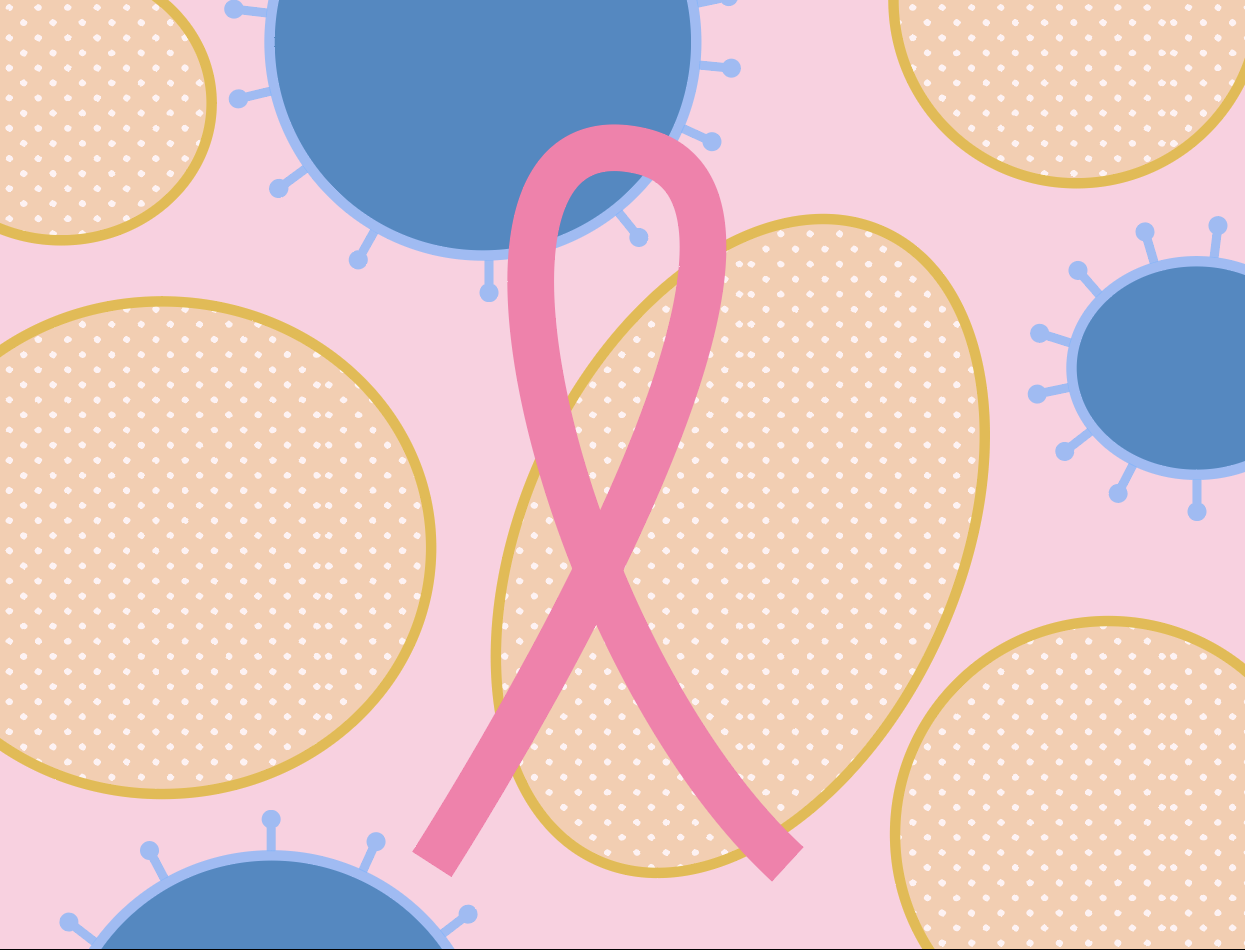Q&A: Dr. Andrew Charles talks migraine awareness, advances in treatments

The Semel Institute for Neuroscience and Human Behavior is pictured. Dr. Andrew Charles, the director of the UCLA Goldberg Migraine Program, sat down with Daily Bruin contributor Alyssa Wong to discuss migraine research, treatment and advocacy for National Migraine and Headache Awareness Month. (Daily Bruin file photo)
By Alyssa Wong
June 8, 2025 7:35 p.m.
Dr. Andrew Charles, the director of the UCLA Goldberg Migraine Program, sat down with Daily Bruin contributor Alyssa Wong to discuss migraine research, treatment and advocacy for National Migraine and Headache Awareness Month.
Charles received his medical degree at UCLA, where he also completed his residency and fellowship in neurology. He currently serves as a professor of neurology and the Meyer and Renee Luskin chair in migraine and headache studies at the David Geffen School of Medicine.
This interview has been edited for length and clarity.
Daily Bruin: Why did you choose to specialize in neurology, and more specifically in migraine and headache studies?
Andrew Charles: I was an undergraduate at Berkeley and started doing some lab work on brain cells, and that then led me into the field of clinical neurology. Some of the work that we were doing with brain cells looked like what’s happening in the brain during a migraine attack. That led me specifically into the field of migraine. At the time that I got into it, there was very little interest in migraine in the field of neurology, and most people didn’t really want to take care of migraine patients. As soon as you declare yourself as a clinician interested in migraine, then the floodgates open and you have an instant demand for your services.
DB: What are the main realities of migraines and headaches that you want people to be aware of? What are misconceptions people have about headache disorders?
AC: Migraine is by far the most common neurological disorder. It’s also really one of the most common disorders around the world. If you want to look at disability, there have been studies done over the last couple of decades, and very consistently, migraine comes in at number two – as the leading cause of time spent disabled – of all disorders on the planet.
One in four adult women has migraine. It’s about a third as common in men. Around one in 10 children have migraine. But it’s interesting historically that probably one of the reasons that it hasn’t received its due in terms of attention, is because it predominantly affects women, and historically, that’s been true of multiple other diseases as well, that they haven’t received as much attention because of that sexual dimorphism.
Migraine is far more than simply headache. It’s a complex constellation of neurological symptoms that can include things that happen before, during and after headache. Among the other common symptoms are sensitivity to all kinds of sensory stimuli – sensitivity to light, sound, touch, smell. Many people get severe nausea. Overwhelming fatigue is common with migraine. Cognitive dysfunction is very common. Brain fog is very commonly reported by migraine patients.
DB: How are headaches disorders currently treated? What are some new treatments in addition to CGRP (calcitonin gene-related peptide) therapies that are being researched or have been recently introduced?
AC: We divide migraine treatments into acute treatments that are taken when an attack occurs and preventive treatments that are meant to stop the attacks from occurring in the first place. We’ve done better on the acute side, especially because of the development of these molecules called triptans, like sumatriptan or rizatriptan, that can really be quite effective in stopping an attack once it starts. In addition to that, there are traditional over-the-counter ones like Excedrin Migraine or Advil or naproxen.
But we really have not historically had anything that works well for migraine prevention, and so the traditional treatments for migraine prevention were all essentially borrowed from other indications. Blood pressure medicines, antidepressants, antiseizure medications, these were the ones that were used, not because they were developed specifically for migraine, but because they were just anecdotally observed to be helpful. But none of them were that great, and all of them had side effects. Then came Botox, which has been shown to be effective for frequent migraine. Botox, obviously, also was not developed specifically for migraine.
But then, when we started working with these CGRP therapies, we started to see these absolutely spectacular responses in terms of prevention of migraine. Now they’ve also developed CGRP treatments for the acute treatment of migraine as well. So we have those in addition to the triptans, but we have six different medications now targeting CGRP for the prevention of migraine, and these have completely transformed our ability to help people with migraine and with some of the other headache disorders as well.
DB: You direct the UCLA Goldberg Migraine Program, which conducts research on the causes and features of migraines, as well as on treatments and their effectiveness. Can you tell me more about the program’s research aims and achievements?
AC: We have a laboratory that does basic research, primarily using mouse models of migraine. So there, we’ve identified some of the genes that are involved in migraine. We’ve been involved in work studying the kinds of phenomena that are taking place in the brains of mice having migraine-like phenomena. But then also, we’ve been investigating the relationship between migraine and sleep, or migraine mechanisms and sleep, and then also fundamentally trying to understand the pharmacology of migraine using more traditional sorts of laboratory approaches.
That would be the basic research, and then on the clinical research side, we’ve done some studies looking at, for example, changes in eye blood vessels during migraine attacks. We are doing some clinical trials for migraine medications. We’re looking at the role of the nerves of the neck in migraine, because traditionally, migraine has been thought of as what we call a trigeminal nerve problem, and that’s the nerve of the head and the face. We are really interested in the idea that perhaps the nerves of the neck are primarily involved in migraine as well.
DB: What ongoing or upcoming research projects are you currently working on?
AC: The ones that still haven’t published are the studies about the nerves of the neck. Those are things that we’re really quite keen to move forward, partly because we think that those might be actually sites of release of CGRP and so that ties into the therapies and some of the other interventional therapies that we’re working on. We’re involved in some of the clinical trials of some of the new medications. In addition to CGRP, there are other chemicals that are released during migraine attacks, and so we are looking into approaches to try and see how we can target those other peptides and other chemicals to treat migraine.
We’re involved in studies looking at new forms of botulinum toxin. I’m also very much interested in how caffeine can be both helpful for migraine but also problematic for some migraine patients, because if you take it regularly and stop it, that can be a trigger. Understanding how caffeine is working in migraine patients is something that we’re very much interested in. As I mentioned, the interaction between migraine and sleep. So our understanding of migraine is leading us to new understandings of mechanisms of sleep. And so that’s another thing that we’re very excited about pursuing and trying to understand, this relationship, but also seeing what sleep tells us about migraine, and conversely, what migraine tells us about sleep.
DB: The UCLA Goldberg Migraine Program also focuses on educating medical professionals and scientists on migraines and migraine care. Why is this focus important? What are the gaps in migraine knowledge and care that need to be bridged in the medical field?
AC: There are huge gaps. But in general, the more the public becomes aware of migraine as a public health issue, I think the greater the advances will be. Apart from educating the public and patients, we’ve been very actively involved in educating residents, but also medical students and also undergraduates.
The first misconception is that it’s somehow purely psychological, that it’s something related to stress. We’re now really understanding that there’s a fundamental chemistry and anatomy and physiology of migraine, just like every other neurological disorder. That’s getting rid of the notion that it’s somehow something that the patient is bringing on themselves. Tied in with that is this really entrenched idea that there are these migraine triggers, and that every time a migraine attack happens, it’s because of something that the patient did, like they didn’t drink enough, or they had coffee, or they didn’t sleep enough. Certainly, those lifestyle factors can be important. But now that we have effective therapies, and also a much better, clearer understanding of the neuroscience of migraine, we know that very often that focus on triggers is a way of blaming the patient for their own problem, when, in fact, oftentimes they simply happen for no reason whatsoever that you can identify.
DB: Migraines can be prevalent among college students. What should students be aware of in terms of migraines?
AC: The general lifestyle things are around the idea of consistency, try and eat regularly, sleep regularly. If you’re going to have caffeine, have it on a regular basis, not huge swings in caffeine. Stress can be a significant factor, but there are things that can mitigate stress, like exercise, relaxation approaches. Most of them are just generally healthy lifestyle stuff.
If I was to emphasize one thing, it would be consistency. So consistency of exercise, sleep, diet, caffeine, which again is hard to maintain often, during finals week or other times when it’s hard to keep things consistent. But that would be the general principle that I would rely upon.
DB: June is National Migraine and Headache Awareness Month. What can the general public do to spread awareness and promote advocacy?
AC: Just understand that these are extremely exciting times in headache medicine where we’ve made enormous advances in our understanding of multiple different aspects of headache disorders, and that they should just feel empowered to access that information, but that then leads to accessing these extraordinary new treatments that we have. The main idea is that they don’t have to just live with it, but that we really have many approaches, and we’re now able to help just about everybody, which certainly wasn’t true in the past.





